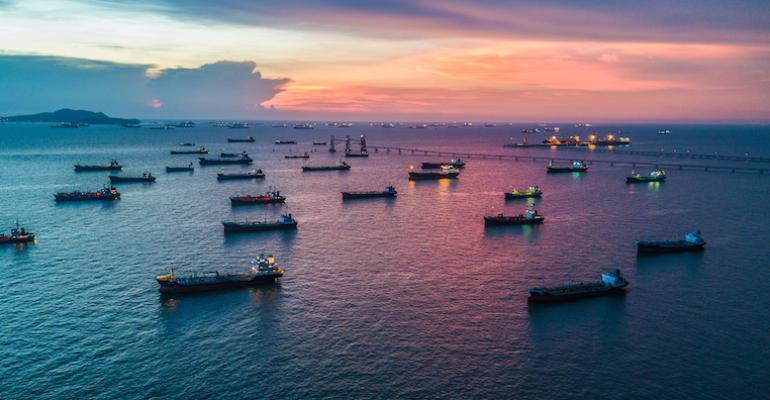At the end of last year the shipbroker had forecast charter rates to fall to a low of 70 points, but averaging around 80 points for this year. However, as the Red Sea crisis hit the Asia to Europe trade the charter index reacted rapidly showing a steep increase in January from just above 90 points to around 130 today and still rising.
“Red Sea avoidance disruption on the main East-West trades has significantly pushed up container ship charter earnings as liners scramble for gap fillers,” reported Braemar. Adding that, “Since 1 January, the container time charter index has increased by 46%.”
The Houthi attacks have had a significant impact on the charter market forcing industry players to rethink their strategies.
“Geopolitics have ambushed our time charter estimates for 2024 and we have had to have a rethink. Instead of an average of 80 points and a low point of 70 points in 2024, the upwardly revised forecast is for an average 130 / 135 points with a high point of 145 / 150 points.”
In its charter report this week Alphaliner pointed to the continued demand for larger tonnage, “including for vintage units is showing no sign of easing, which remains astonishing considering the continued influx of energy-efficient new building vessels”.
According to Alphaliner the owners and charterers are engaged in a classic battle with owners looking to extend contracts to longer periods, but owners wary of the market conditions and their propensity to rapidly change, and therefore looking for shorter deals.
With the larger vessels now being scarce, with no new fixtures in the 7,000-13,000 range, and the rapid rise in the medium sizes, 4,000-5,000 teu, now stabilising Alphaliner said attention had turned to the smaller vessel sizes.
“In the smaller sizes, the fixing activity was frantic in the past fortnight, especially between 1,000 teu and 1,900 teu with around thirty fixtures concluded. Fast-expanding SeaLead was one of the busiest market players, fixing seven vessels of 1,700-1,800 teu, including several modern ‘Bangkokmax’ units.”
Braemar puts this surge in fixtures into context, with its original estimates for this year for an 1,700 teu ECO-Bangkokmax at $9,000—$10,000 per day, that has now been revised upwards to $14,000 to $15,000 per day.
Braemar said the Israel - Hamas conflict is continuing and therefore the Houthi attacks will continue, as seen this week with devastating effects.
“We are not political commentators but the chances of the Red Sea avoidance situation remaining, perhaps for the whole of 2024 could be a possibility. With this in mind liner companies will be planning well into the future to minimise service disruption.”
As a result, Braemar has revised its estimates on vessel oversupply for 2024 from the expected 19% to 10%, “effectively halving oversupply in 2024”.
Copyright © 2024. All rights reserved. Seatrade, a trading name of Informa Markets (UK) Limited.
Add Seatrade Maritime News to your Google News feed.  |

